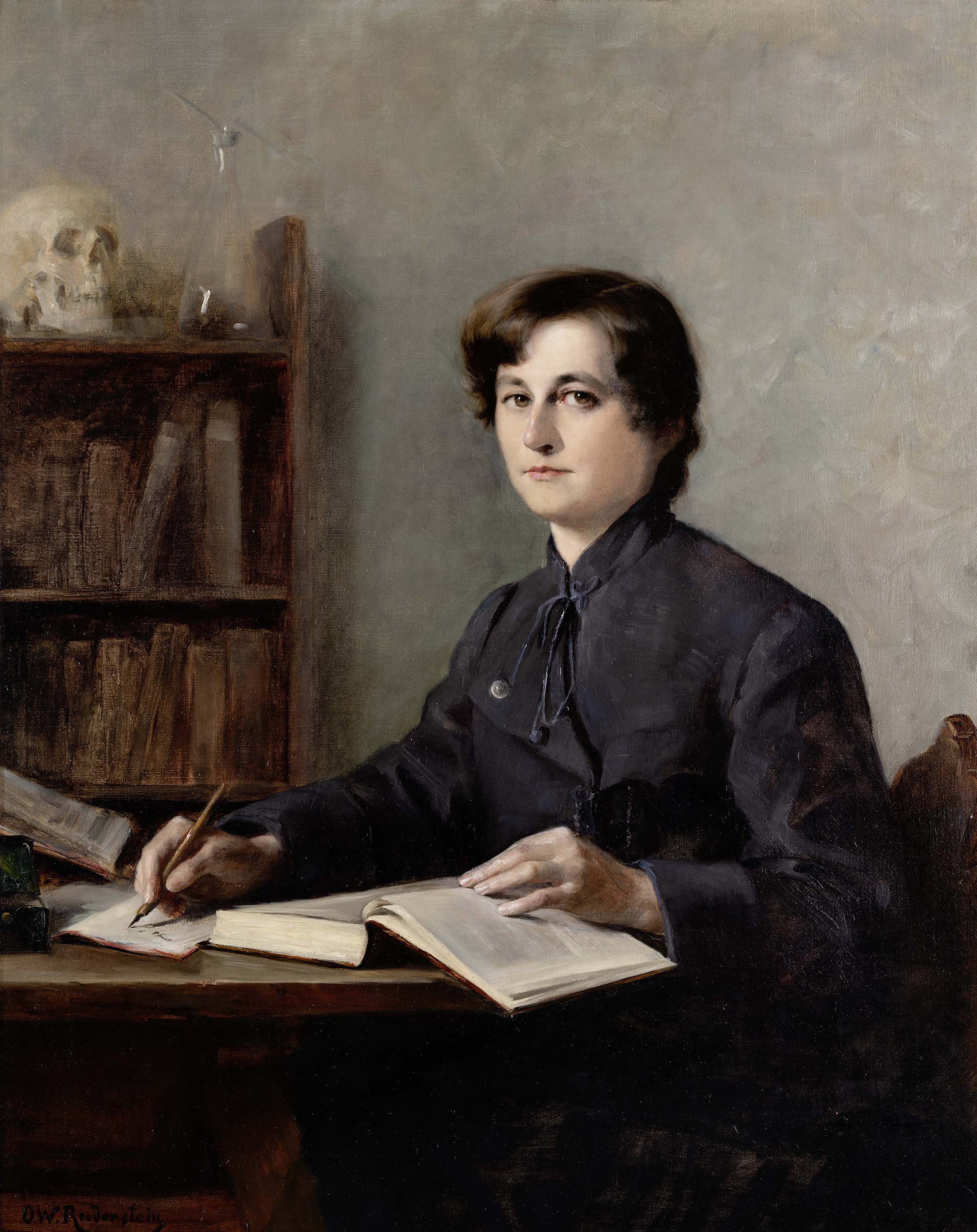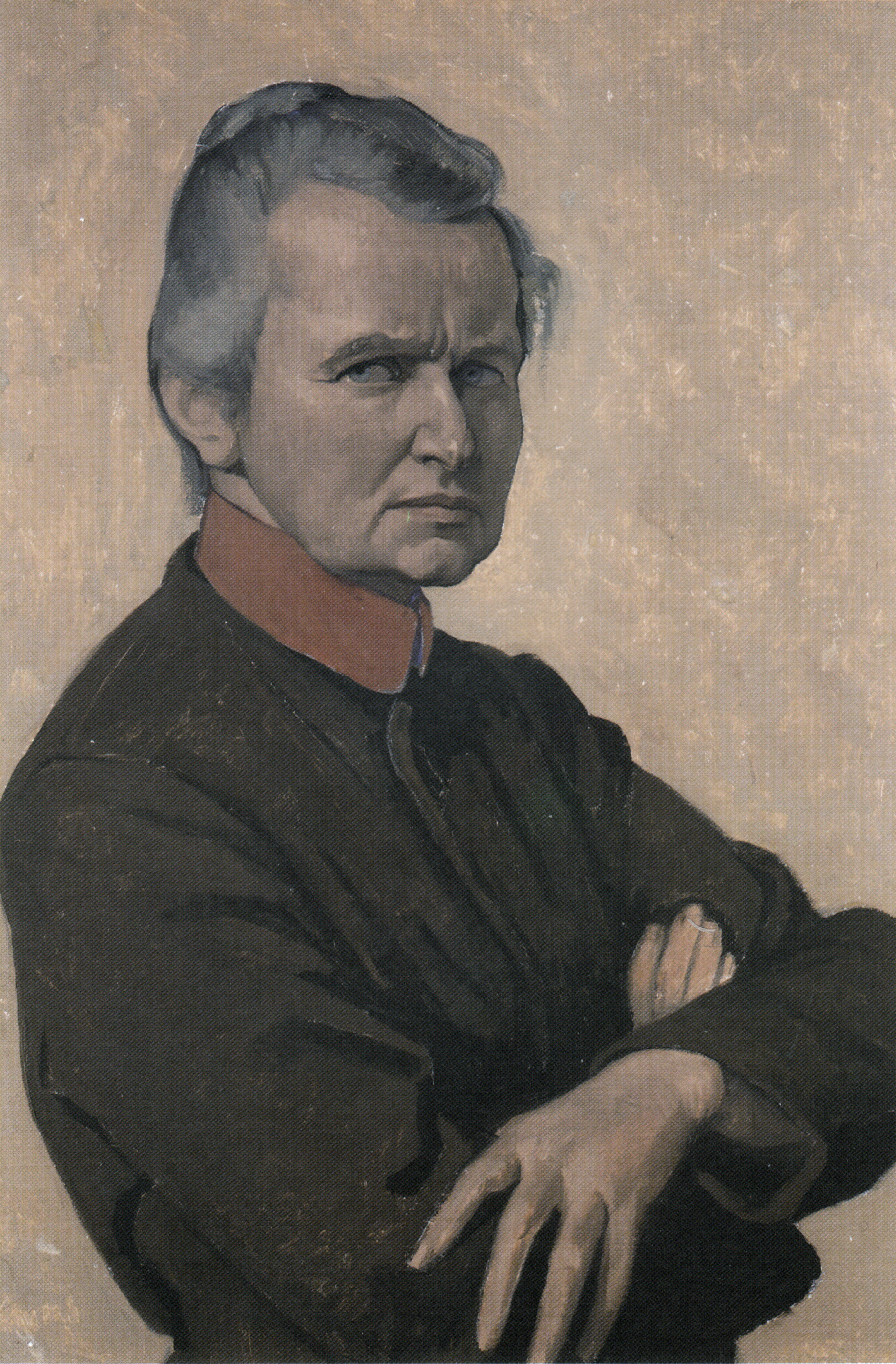Here, Ottilie W. Roederstein, a German-Swiss painter, shows her friend and later life-partner, one of the first female doctors in Germany, Elisabeth H. Winterhalter sitting at her desk. The quill in hand, the open book, a skull, and a glass vial as well as other books on the shelf identify Winterhalter as a natural scientist and physician. She started medical studies in Switzerland in 1885. Roederstein deliberately chose to depict her in striking similarity to Renaissance scholar portraits (for example, to Hans Holbein the Younger’s portrait of Erasmus of Rotterdam), thus differing largely from the type of elegant and pompously decorated lady portraits customary in the 19th century. It confidently expresses the claim to education and equality in a male-dominated society, as women were still denied access to universities until the turn of the century in large parts of Europe.
We present today's work thanks to the Städel Museum.
P.S. If you would like to learn more about Women Artists, please check our Women Artist Notebook here.
P.P.S. We love women breaking the barriers in the male-dominated world! Here is an incredible story of the women of Bauhaus. :O


 Ottilie W. Roederstein
Ottilie W. Roederstein